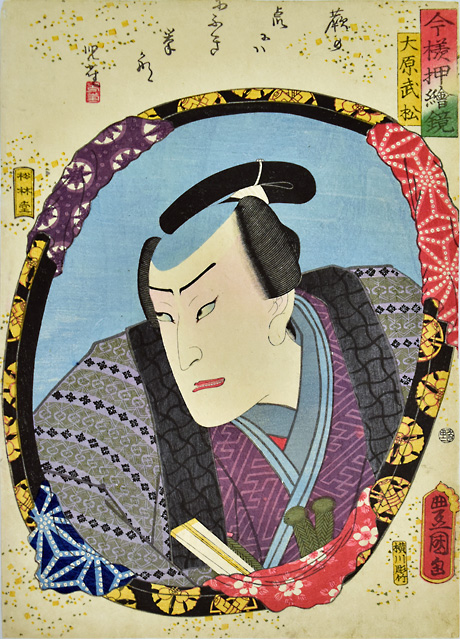Why did samurai warriors adopt such a unique hairstyle?
Seen from the foreign students in Japan-Japanese social phenomena from a global perspective-
Updated on Oct 05 2015
Q.I was really surprised when I first saw a picture showing samurai warriors wearing “chonmage” topknots. Why did they adopt such a unique hairstyle?
A.The “chonmage” hairstyle originated from using ancient headgear
In ancient times, it was a common practice among men in Japan to wear “kanmuri” or“eboshi” headgear as a status symbol. They tied and tucked their hair into a ponytail – the origin of the “mage” (topknot) – then put it on their heads before slipping on the headgear. However, warriors going to battle in the medieval age untied their topknots so that they were able to put on “kabuto” (helmets) more smoothly. In addition, they removed hair from the frontal part of the tops of their heads to keep their heads cool inside the helmet. As this practice, called “sakayaki,” required actually hair instead of shaving, Portuguese missionary Luis Frois wrote in his memoir about his tour of Japan in the 16th century that the heads of Japanese warriors in battlefields were smeared with blood. In the latter half of the medieval age, “kanmuri”and “eboshi” were no longer used except during rituals and ceremonies by court nobles, warriors and priests. In early modern society, common people followed a modified version of “sakayaki” – shaving the frontal part of the top of the head while folding the bun of hair forward and putting the upper part of it on the top center of the head. They called the hairstyle “chonmage.” The practice came to an end in 1871, or the fourth year of the Meiji era, when the Meiji government, which toppled the shogunate, issued an ordinance to end the “chonmage” hairstyle. Today, “chonmage” are worn almost exclusively by sumo wrestlers.


published in The Japan News on 5/10/2015

